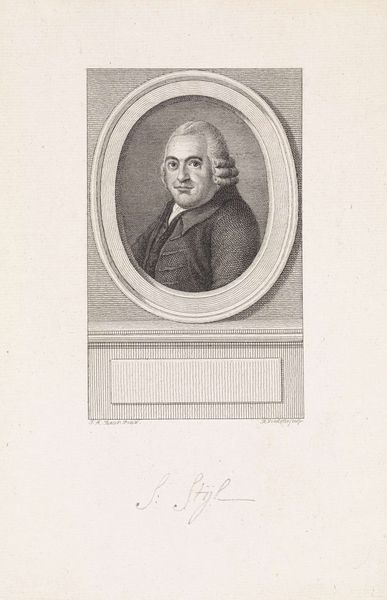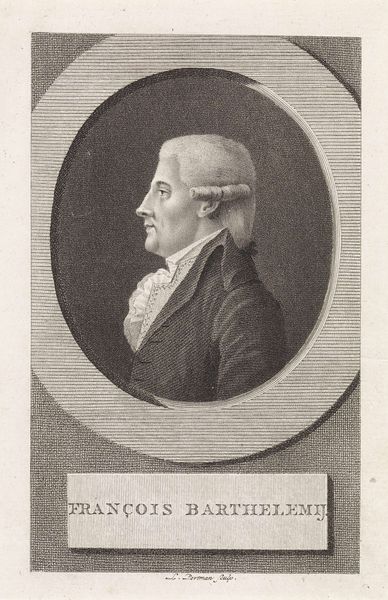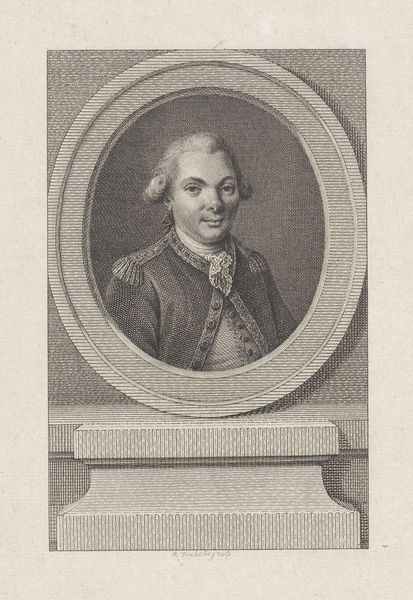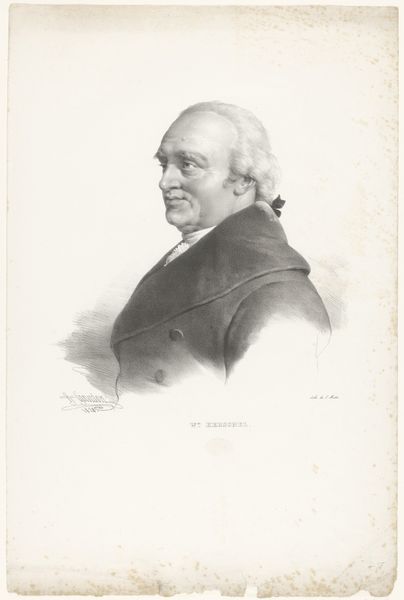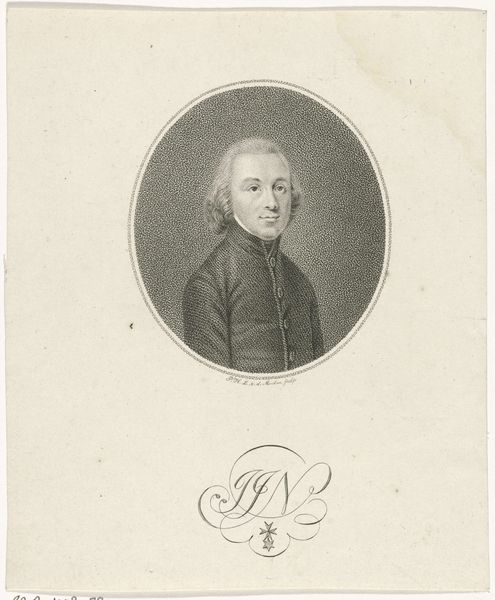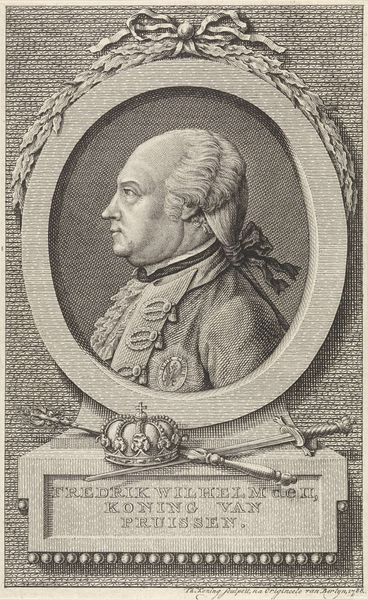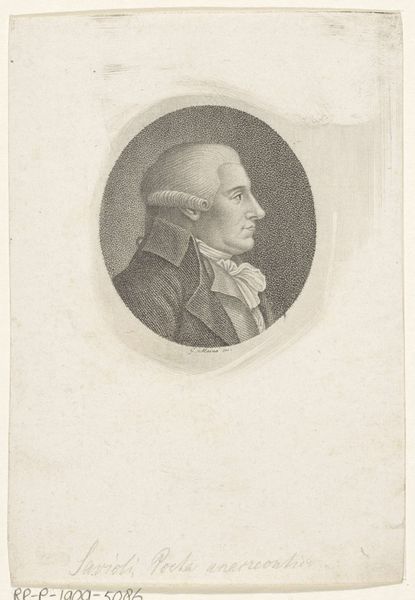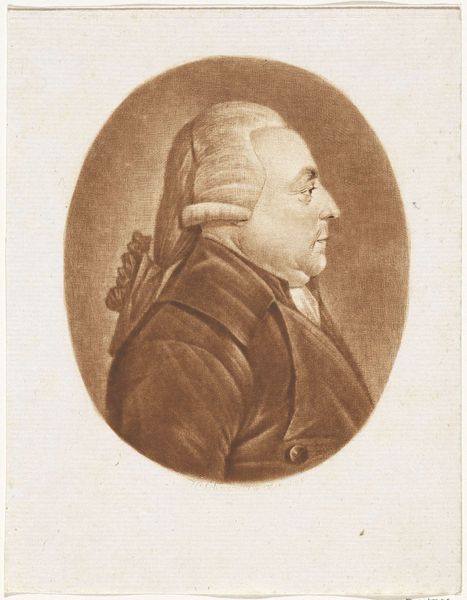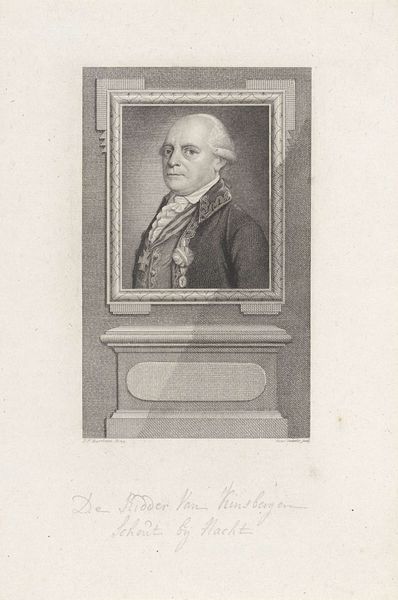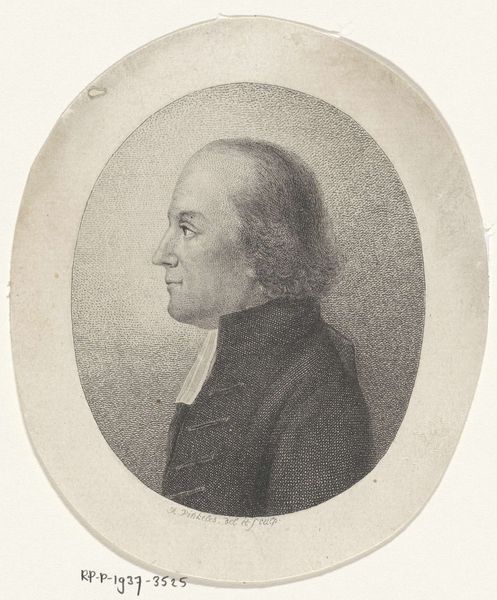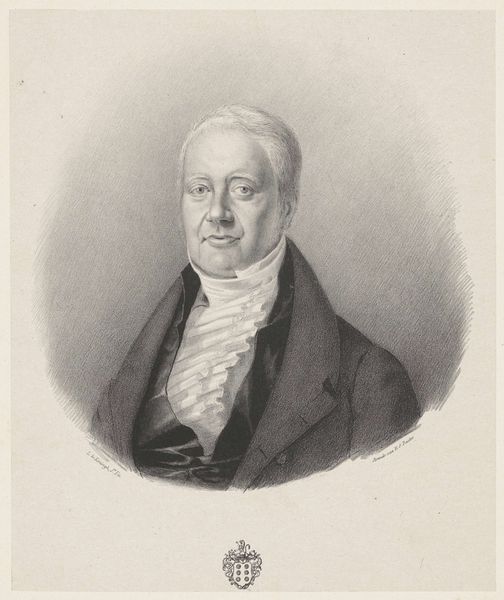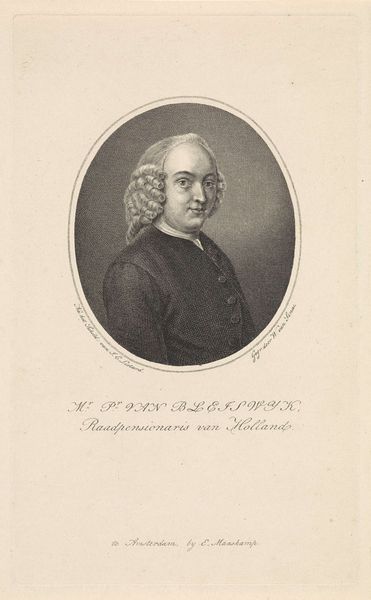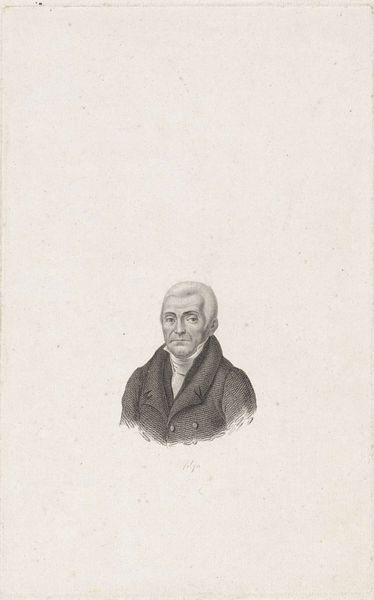
drawing, pencil, graphite
#
portrait
#
pencil drawn
#
drawing
#
pencil sketch
#
charcoal drawing
#
pencil drawing
#
pencil
#
graphite
#
graphite
#
realism
Dimensions: height 157 mm, width 100 mm
Copyright: Rijks Museum: Open Domain
Editor: This is an interesting portrait of Johannes Ingenhousz, dating from 1822 to 1845. It’s rendered in pencil and graphite. It’s delicate and refined, especially the shading. How do you approach this work? Curator: The portrait’s dependence on graphite and pencil – readily available and relatively inexpensive materials – positions it interestingly. Consider the social context. Were portraits like these becoming more accessible due to the Industrial Revolution impacting material production? Is this a democratizing trend or does the sitter's social status always dictate medium? Editor: That's interesting, I hadn't thought of that. Curator: Think about the labor involved. Pencil and graphite portraits require skill, but perhaps not the same level of artisanal training demanded by oil painting or sculpture. The repetitive, controlled strokes… what does that say about the status of the artist or the subject here? Is it simply a commodity or something more? Editor: So you're looking at how the means of production impacted the artwork's accessibility and status? Curator: Exactly. How does the mass production of materials and, potentially, the artwork itself via reproductions, affect the aura, as Walter Benjamin might say? Does wider distribution cheapen the image, or does it spread knowledge and possibly, revolutionary ideas represented by Ingenhousz’s likeness? Editor: That shifts my thinking. I initially saw it as just a traditional portrait, but the choice of materials opens it up to a broader social conversation. Curator: Indeed. Material choices aren't neutral. They reflect economic realities and power dynamics as much as artistic preferences. Looking closely reveals more than just a face; it unveils the socio-economic structures underpinning its creation.
Comments
No comments
Be the first to comment and join the conversation on the ultimate creative platform.
